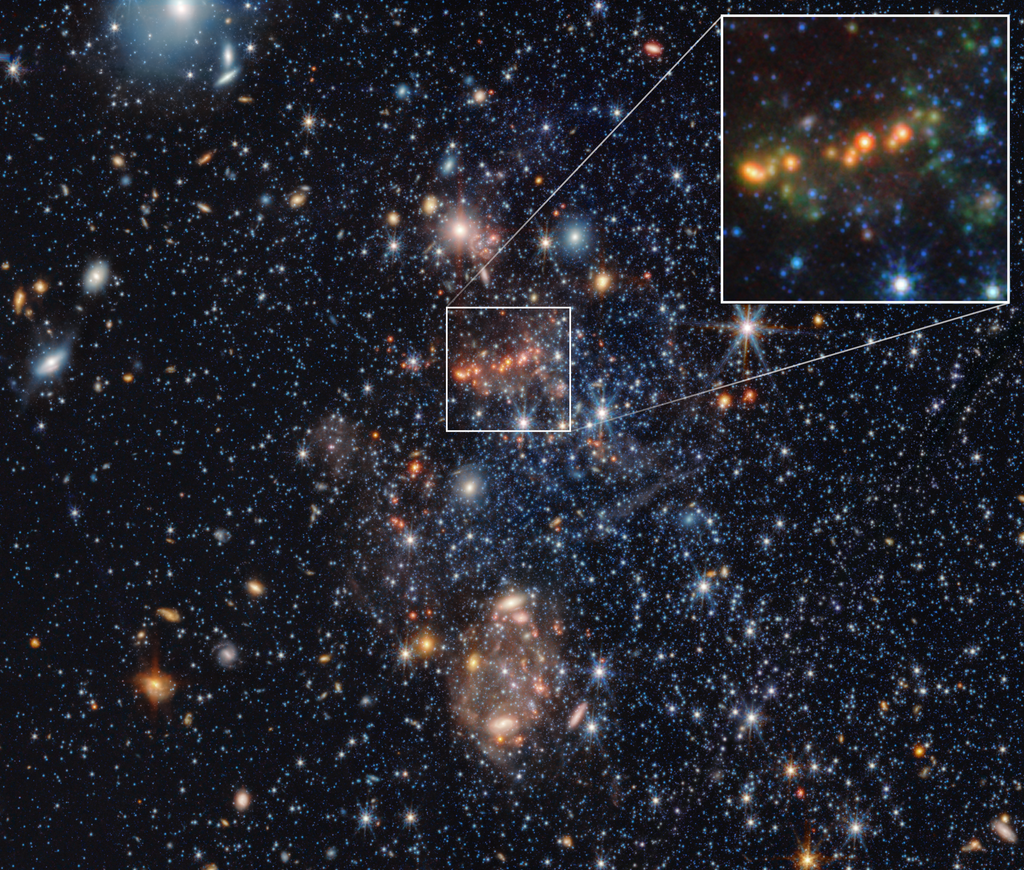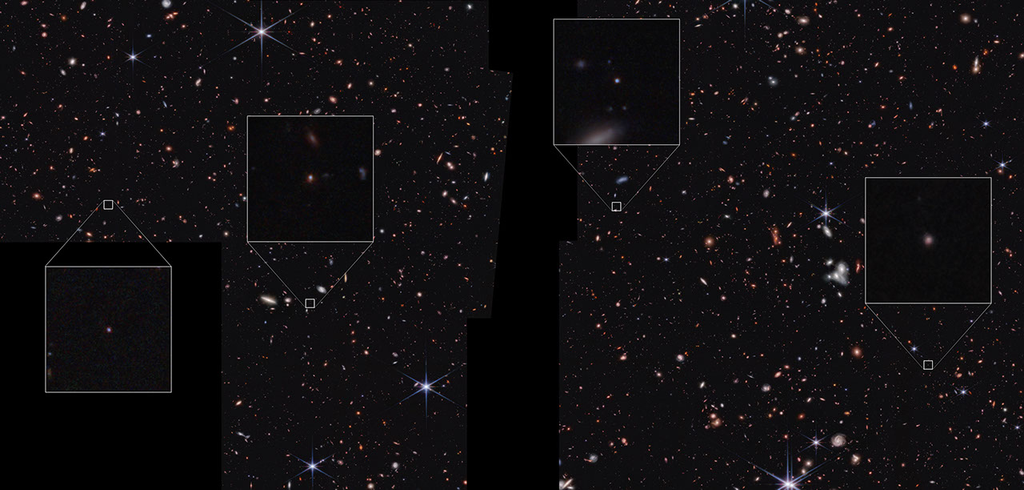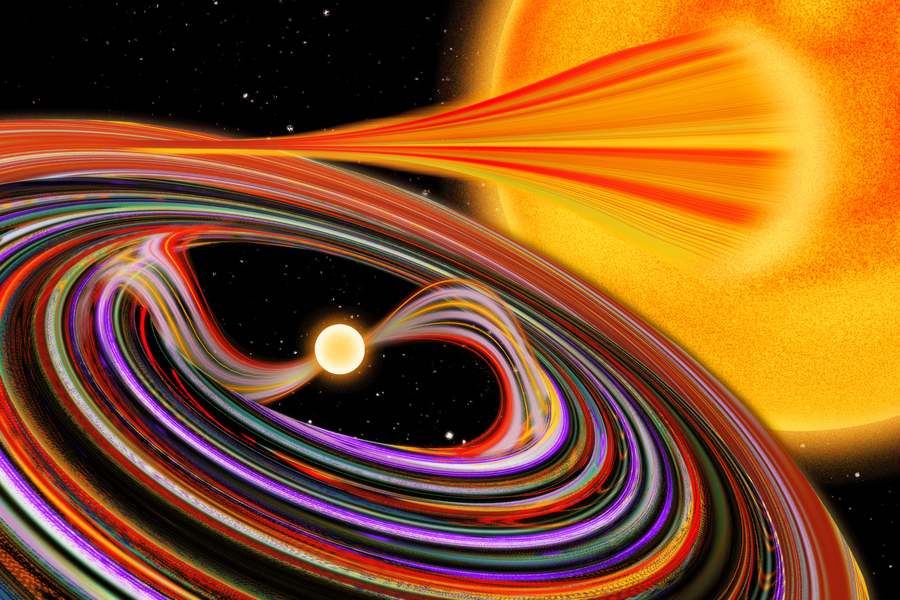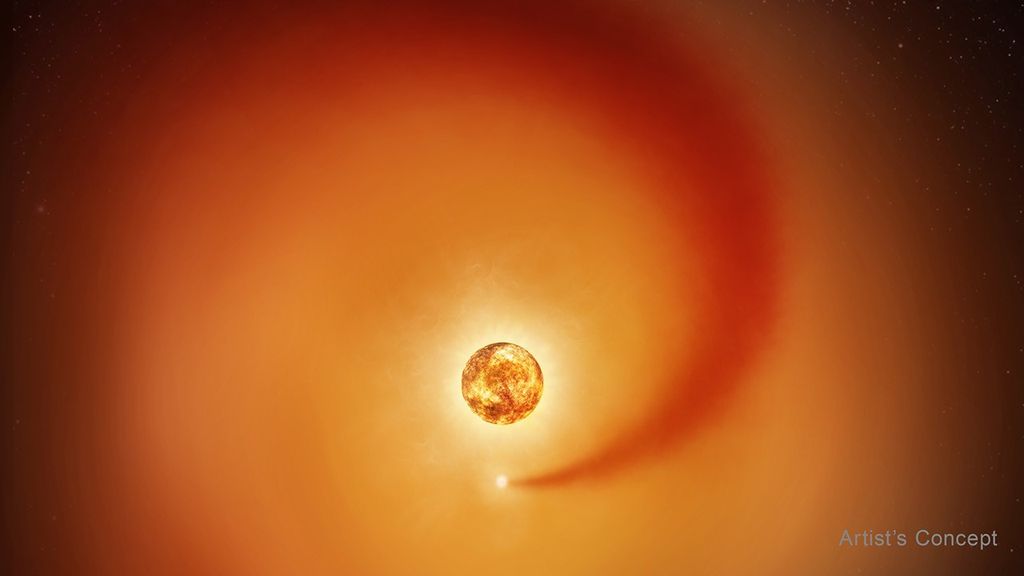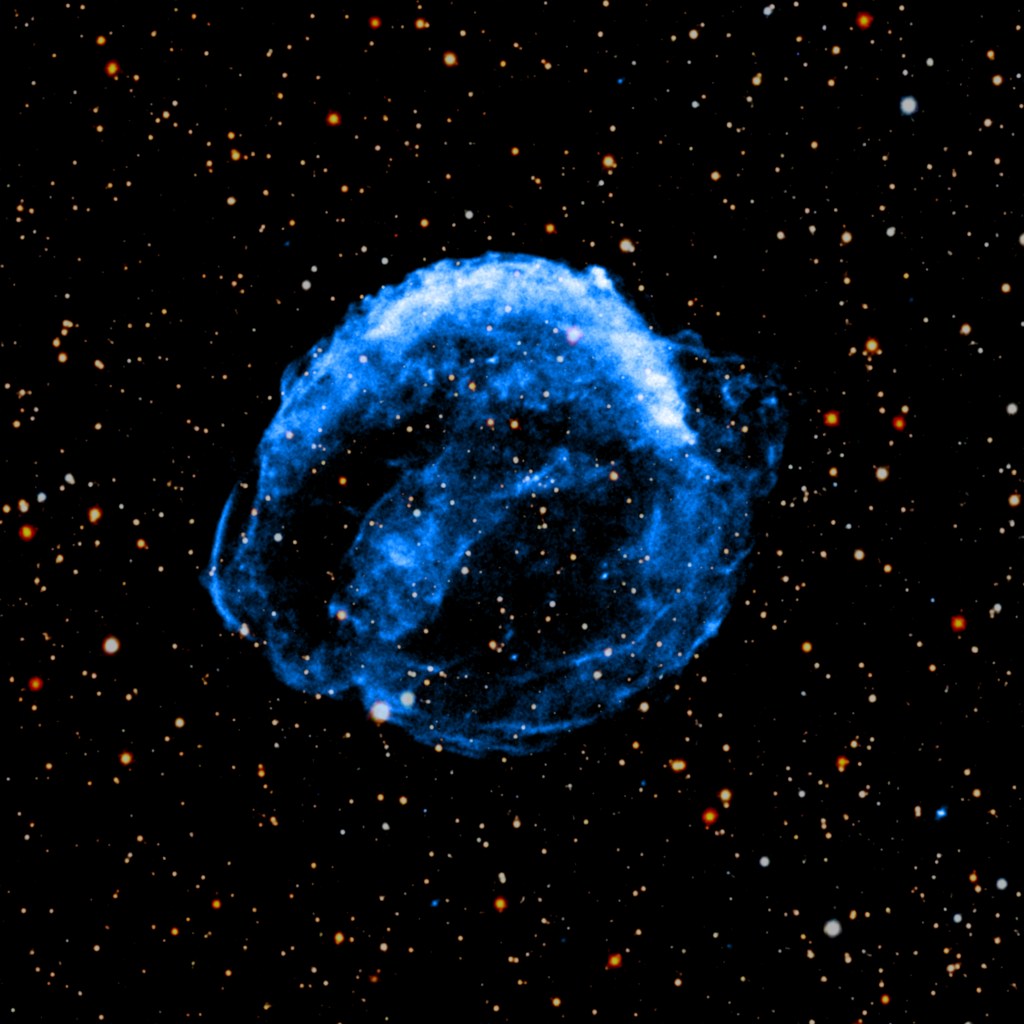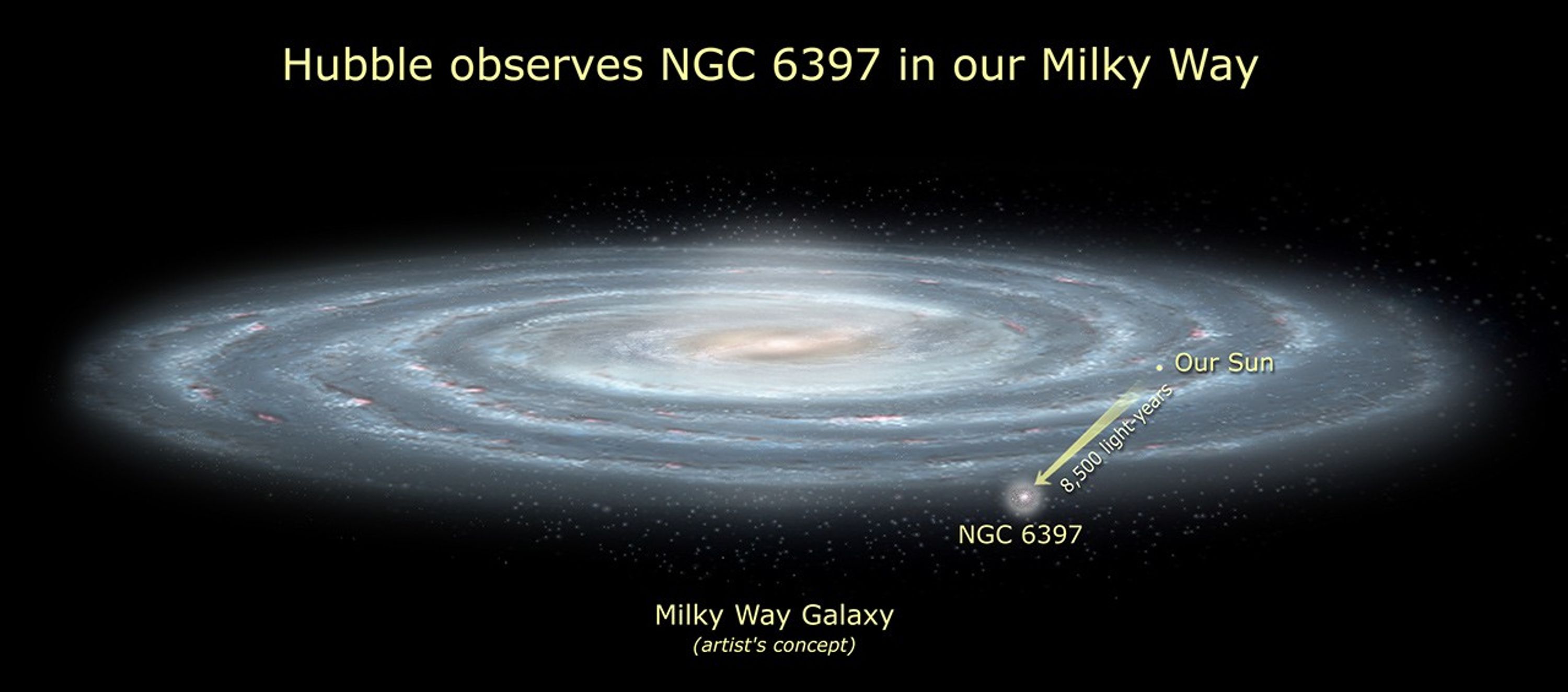1 min read
Tale of Two Stellar Populations in Globular Cluster NGC 6397

This graph schematically plots two populations of stars Hubble has seen in a neighboring star cluster. The graph, a simplified version of the original data, plots stellar brightness (vertical axis) against stellar color-temperature. The normal main sequence stars in the cluster are plotted on the right curve. The cooler a star is, the redder it appears, and it diminishes in brightness. Hubble has identified the very coolest and faintest normal stars in the cluster.
The curve on the left plots the white dwarf population of burned-out sunlike stars. It follows a normal "cooling slope" until the white dwarf begins to look bluer and hook toward the left. The dwarfs aren't getting hotter. Chemical changes in their atmospheres make them look cooler. This predicted "white dwarf hook" has never been seen before.
- Release DateAugust 17, 2006
- Science ReleaseHubble Sees Faintest Stars in a Globular Cluster
- Credit
Related Images & Videos
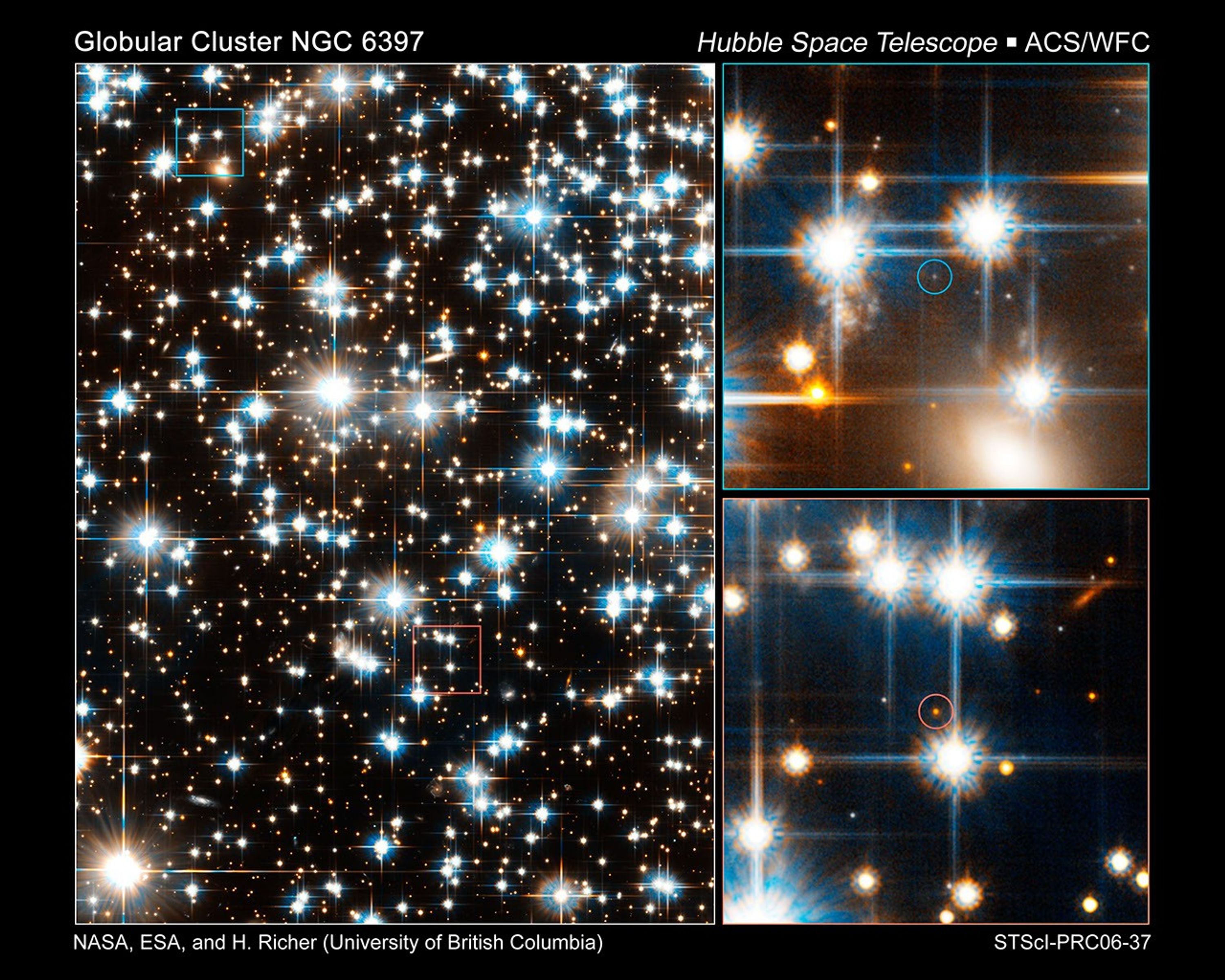
Faintest Stars in Globular Cluster NGC 6397
Looking like glittering jewels, the stars in this Hubble Space Telescope image at left are part of the ancient globular star cluster NGC 6397. Scattered among these brilliant stars are extremely faint stars. Hubble's Advanced Camera for Surveys has taken a census of the cluster...

Location of ACS detail in NGC 6397
Globular Cluster NGC 6397 taken in red light by the UK Schmidt Telescope of the Anglo-Australian Telescope. The green rectangle to the left and below the bright central of the cluster shows the location of the detailed image made by Hubble Space Telescope's Advanced Camera for...
Share
Details
Claire Andreoli
NASA’s Goddard Space Flight Center
Greenbelt, Maryland
claire.andreoli@nasa.gov

